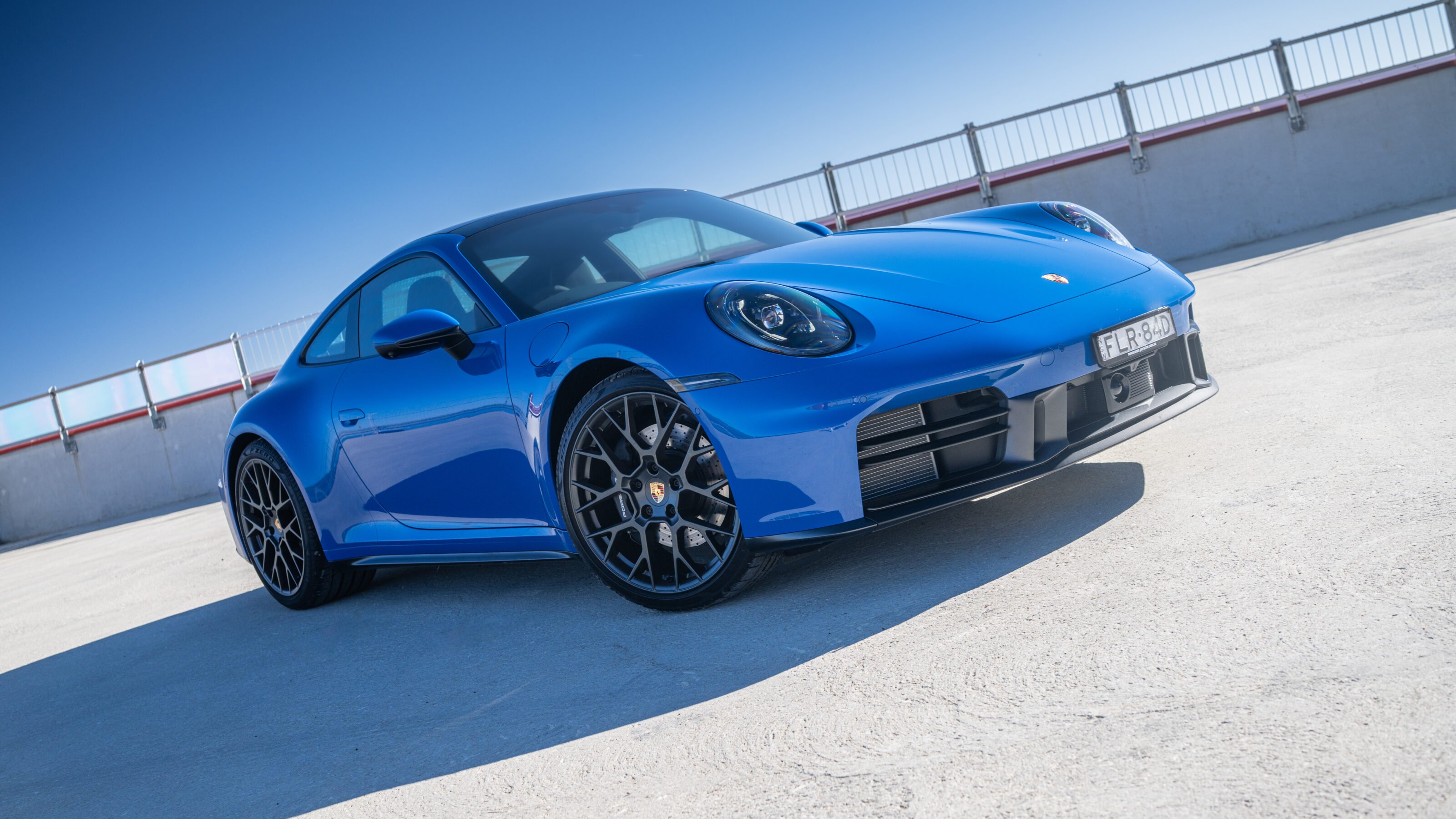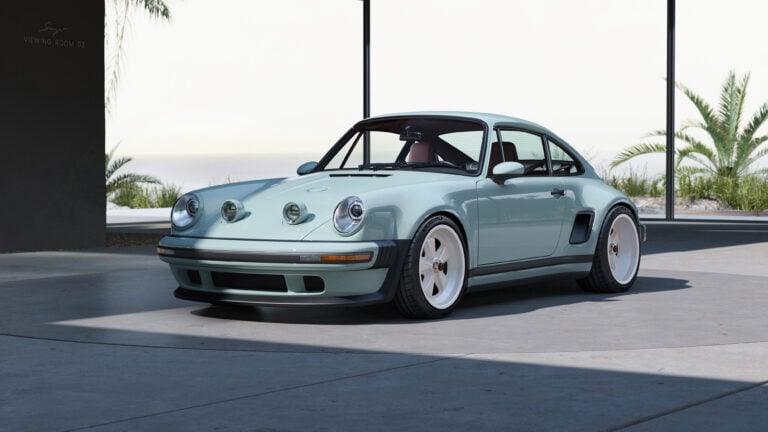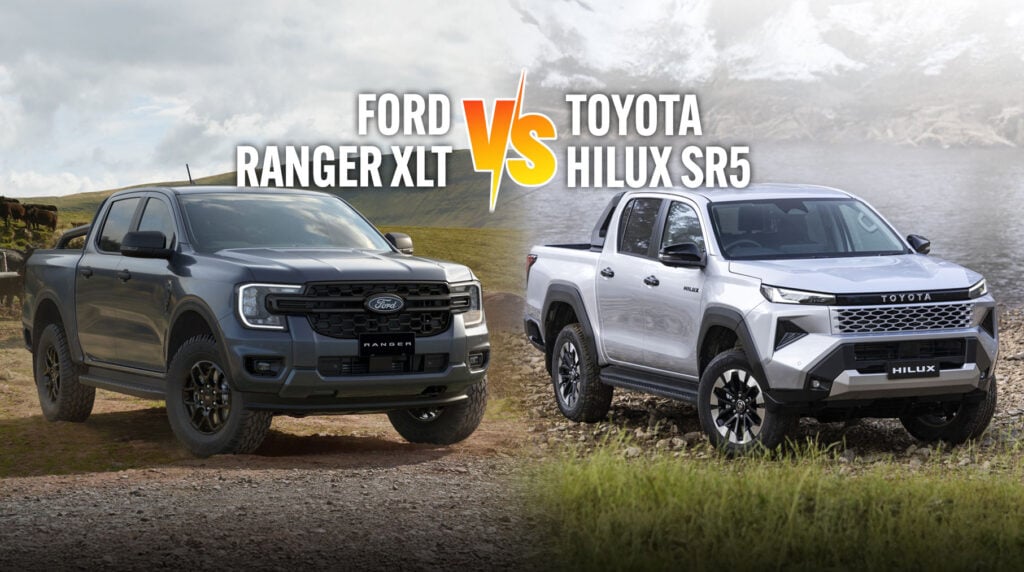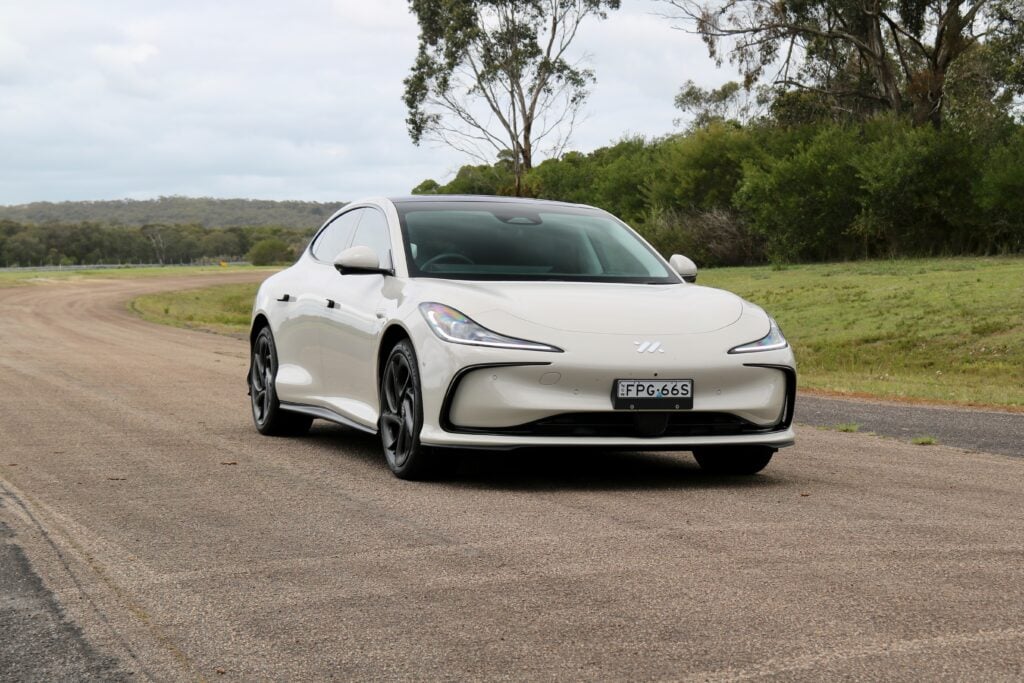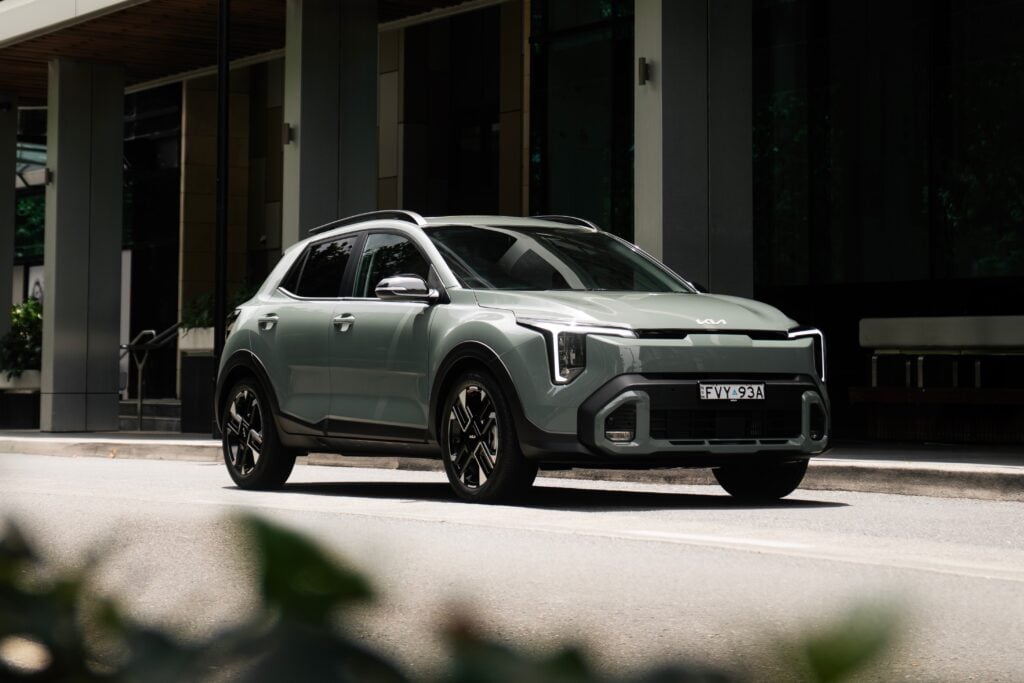Porsche likes to squeeze its money’s worth from the 911. Of the water-cooled models, the 996 version was around for six years, the 997 a yawning nine years and the 991, eight. It’s hard to believe that the 992 has already been with us for six years, so well has it worn its years. It has though, and it’s now been treated to what has become a Porsche staple: the mid-life update.
This is dubbed the 992.2 generation by the factory and we’re driving the 911 Carrera coupe. To simplify things a little for you, it’s everything that most of us will ever need from a 911. Given that it’s priced at $280,500, maybe you’re right to expect something quite special, even from the base model 911.
A decade ago, that sum would have bought you a 297kW/440Nm Carrera 4S with a 3.8-litre naturally-aspirated engine and change for some options. Now you get a 290kW/450Nm twin-turbocharged 3.0-litre with half the number of driveshafts. Is this progress? It’s a question worth asking.

Let’s take a look at that engine first. Unlike the Carrera S and GTS models, which have both enjoyed major power bumps, the flat-six plumbed into the posterior of the Carrera isn’t hugely different to what went before in the 992.1. That installation made 283kW/450Nm, so you now get the same torque figure but seven additional kilowatts that have to lug about an additional 11kg, resulting in a modest uptick in power-to-weight ratio (from 188kW/tonne to 191.3kW/tonne). That additional grunt comes from the turbochargers that were fitted to the previous 911 GTS and the old 911 Turbo’s chargecoolers.
That was done largely because they’re more efficient, but the tickle of power is a welcome bonus. As indeed is the added response and flexibility. Two-thirds of peak torque is around just 1500rpm, before the maximum of 450Nm chimes in from 2000rpm – and it stays all the way to 5000rpm, making the Carrera feel fairly brawny.
That is unless you drive it back to back with some more senior 911 models, as we did. A new Carrera GTS with 570Nm of torque can make the base car feel a little breathless on a race track, but on roads, it’s not something that’ll occupy your mind for a moment.

Some will miss the fact that you can no longer buy a Carrera with a manual transmission and I’d say that’s a warranted complaint. You have to step up to the slightly more aggressive Carrera T if you want three pedals and a stick. That’s $306,800 and also includes gear like standard Sport Chrono, rear-wheel steering, PASM Sport (lowering by 10mm) and Carrera S-style bigger alloy wheels. Given how expensive Porsche options are, if you were already thinking of optioning the wheels and Sport Chrono onto your Carrera, that’s almost $8000 accounted for straight away. It’s another $7000 for PASM Sport and rear axle steering, but those are two options not offered on the base Carrera, so there’s a little curtain-lift on how Porsche slyly walks you into more expensive models.
Instead you’ll have to content yourself with the standard eight-speed dual-clutch transmission, which is a truly excellent piece of engineering. Thus equipped, the Carrera can leap out of the blocks to 100km/h in 4.1 seconds or 3.9 seconds if you opt for Sport Chrono pack, which also includes the Sport Plus drive mode, Launch Control, the Porsche Precision track app, the Sport Response button and the hero PSM Sport mode. This is the one option I’d consider a must-have for the base Carrera, as it appreciably lifts the ceiling of its abilities by a few per cent and is reasonable value at $4370. Other technical changes include better brakes, the Carrera now getting the six-piston front calipers that were standard-fit on the old 992.1 Carrera GTS, beefier engine mounts and revised gear ratios to help address the perennial Porsche complaint of overly long ratios.
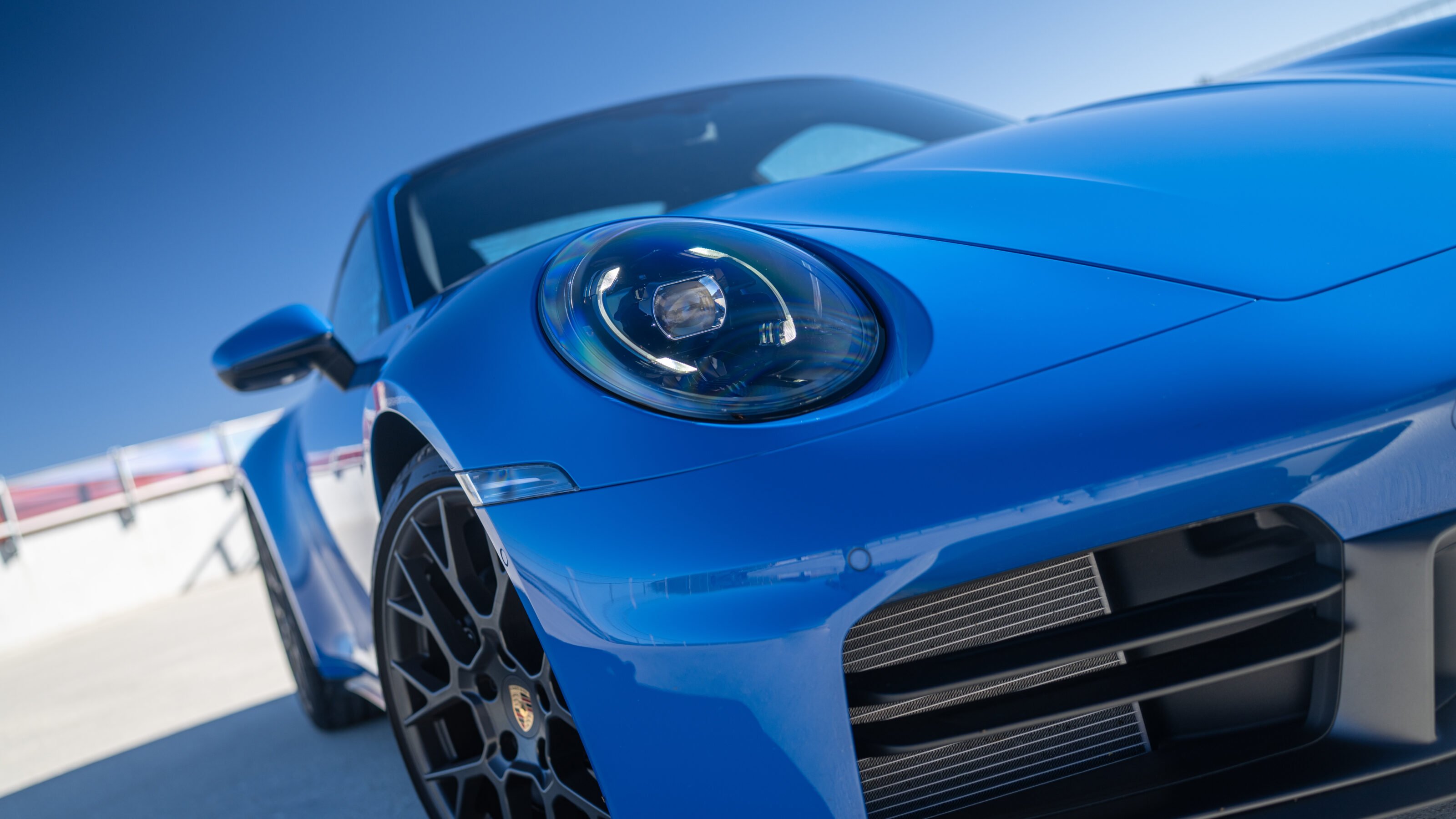
The exterior changes will escape many casual onlookers. Beadier matrix LED headlamps and a more sculpted look to the front air intakes are the key differences up front. The number plate now sits in a more raised position, allowing space beneath for the car’s rather ungainly sensors. At the rear, the number plate has been raised, now no longer sitting between the exhausts. The rear light bar also looks sleeker and more cohesive. It’s evolutionary stuff; nothing radical.
Inside, things are a bit more interesting. The main difference is that the 911 no longer has back seats. Well, it doesn’t have back seats as a standard fit item. The reason why is to gerrymander weight and efficiency figures a little. Should you want rear seats – and it’s a key 911 attraction amongst buyers – they are a zero cost option from new.
Talking of keys, the 911 now features a starter button rather than the knurled twist ‘key’ it featured before. This looks cheaper and more generic than the twist key, but it’s arguably easier to use. The dash has ditched its one analogue clock and gone to a full curved digital display that’s configurable through seven different screen modes. Again, some will say that this is another area in which the 992.2 is reverting to the mainstream, but the screens look pretty good and include full Android Auto and Apple CarPlay wireless integration.
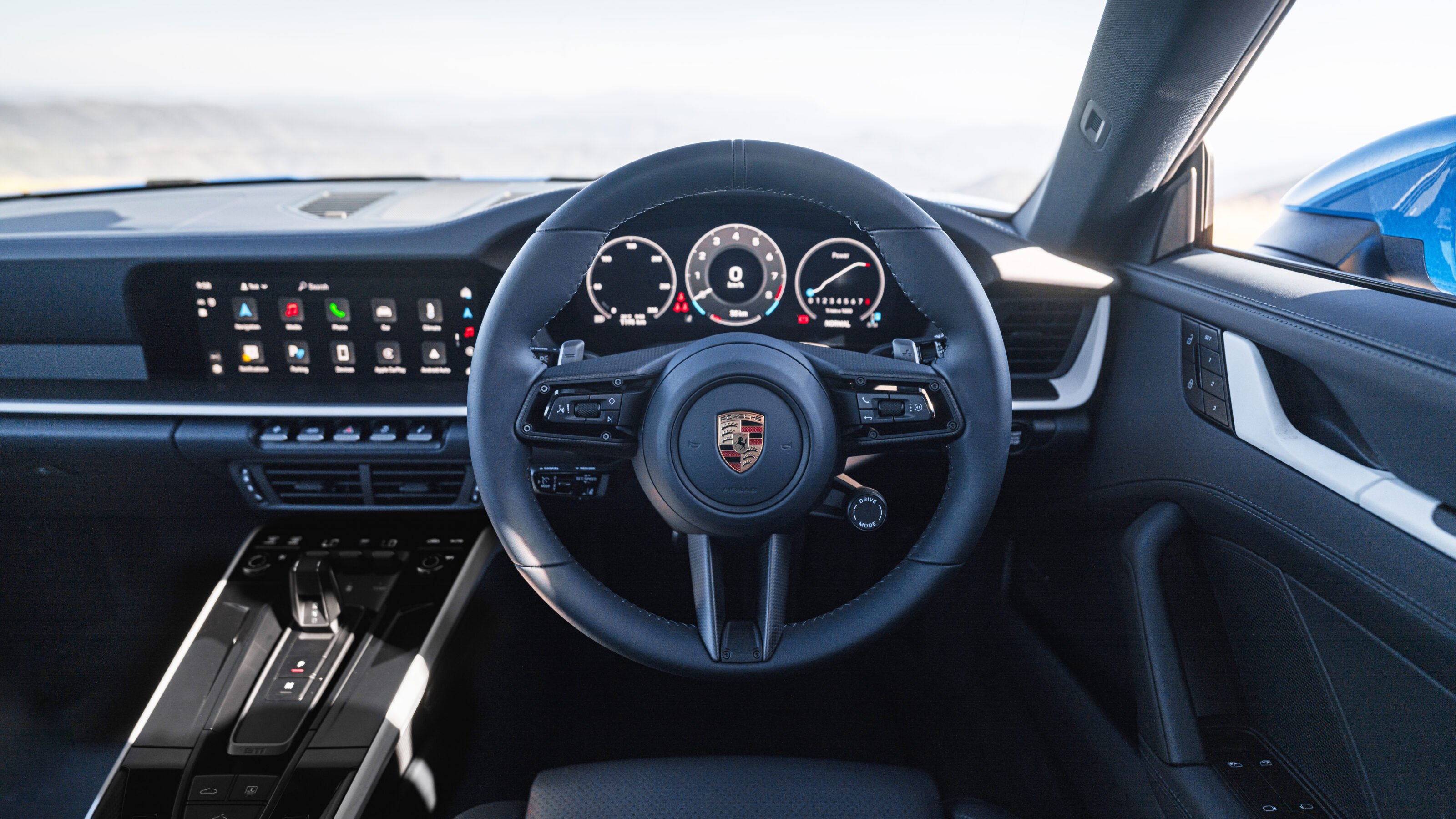
The driving position is as good as ever. You sit low in the car, the standard 14-way electrically adjustable sports seats being a decent chair. Should you want more lateral support, there’s a four-way adjustable sports seat that’s a little more sculpted, which is a zero cost option. You can’t option in anything more aggressive, so if you had designs on something like the racy CFRP bucket seats, bad luck. Buy a Carrera T and budget another $11,250 for that particular privilege.
Prod the starter button and the 911 Carrera fires up into a purposeful chunter. The PDK box engages cleanly and easily with no mechanical shunt. The control weights feel cultured and well-oiled. The cabin is free of low-speed squeaks and rattles but there’s the immediate realisation that this is a louder car than before. The new engine mounts seem to transfer more vibration into the passenger cell and there’s also an element of synthesised sound being piped into the cabin. Put that down to the fitment of particulate filters strangling the engine’s natural acoustics a little.
The Pirelli P Zero tyres also transmit a hefty quota of decibels into the cabin. This is a shame as the Carrera has always been a great long distance cruiser. Indeed, the gearing of the latest 992.2 features lower ratios for the first six gears and then longer ones for the top two cogs to help give a long-legged feel to freeway driving, but the noise never really goes away and can be wearing on open-pore surfaces.
A 135-litre frunk and 261L of free space behind the front seats if you have rear seats fitted, or 373L if you don’t, means that the 911 has enough practicality to easily manage a couple’s weekend away. You might also need to budget for a set of noise-cancelling earbuds, or else you can crank up the standard Bose surround system – all 570 watts and 12 speakers of it.

Ride quality is very good, with fantastic body control. Smaller surface imperfections can send an audible jolt through the 911’s superstructure, but the revised adaptive dampers do a great job of rounding off the worst excesses. The brakes feel mighty, with serious stopping power again and again. Only on track would you start to find their limits, and we had one car that felt as if it might have warped a disc, but on road they’re more than up to the task.
The gearbox does a great job of selecting the right gear, but if you’d rather take control, the stubby metal paddle shifters feel great, with a positive soft click into the next gear. One thing we didn’t miss at all was the rear-wheel steering that’s fitted to the GTS. If anything, this gives the standard Carrera a more natural and trustworthy feel to the steering, and it’s huge fun to punt around the Phillip Island circuit, exploring its surprisingly benign limits. For that, I’d like to think it’s my skills behind the wheel, but it’s largely due to the brilliant PSM Sport stability control setting on these Sport Chrono-equipped cars.

The engine sounds bassier and more organic than the GTS, and it’d be happy enough on a track day. It’s as a road car that the Carrera really shines, and that element of both practicality and all-round performance is why it’s such an icon. That hasn’t really changed with the latest car. Yes, there are some elements of the 992.2 that have appeared to erode its quirkiness, but that’s been a process observed for years, maybe decades.
The best part of the base Carrera is that it still feels like the definitive 911. The GTS might be more capable, the GT3 angrier, but this is the datum from which they all spawn and the best way to judge a new 911 in its entirety. On that basis, the 992.2 update is more than worthy. The best news? While most of the other models have increased in price by $25k or so, the uptick in price for the Carrera has been a mere $2700. That has to be the rarest of things: a present from Porsche.
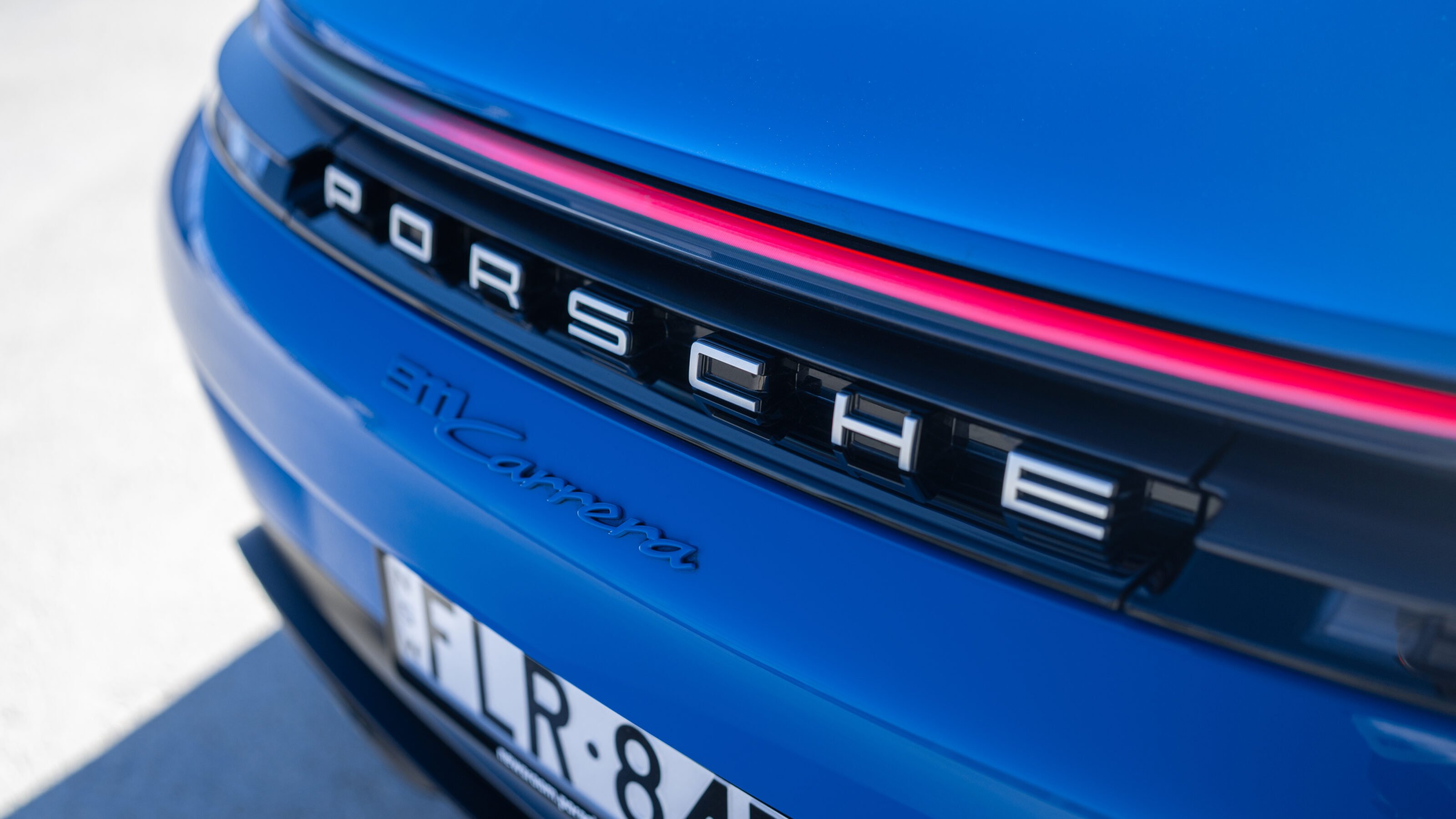
Specifications
| Model | 911 Carrera |
|---|---|
| Engine | 2981cc flat-6, 24v, dohc, twin-turbo |
| Max power | 290kW @ 7500rpm |
| Max torque | 450Nm @ 2000-5000rpm |
| Transmission | 8-speed dual-clutch |
| Weight | 1520kg (DIN) |
| 0-100km/h | 4.1sec (3.9sec with Sport Chrono pack) |
| Price | $280,500 |
| On sale | Now |


